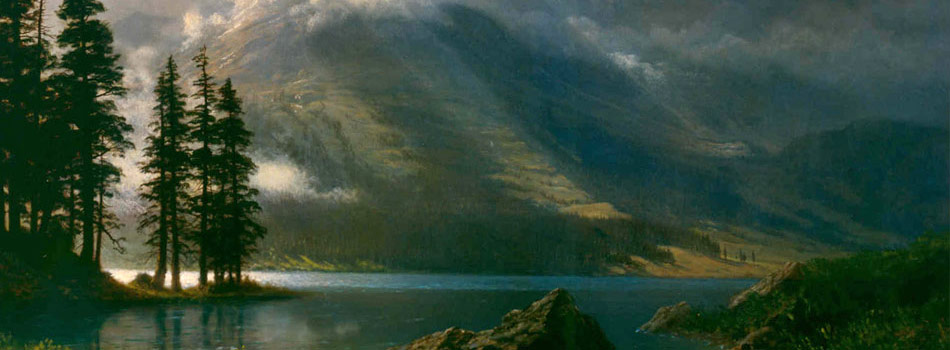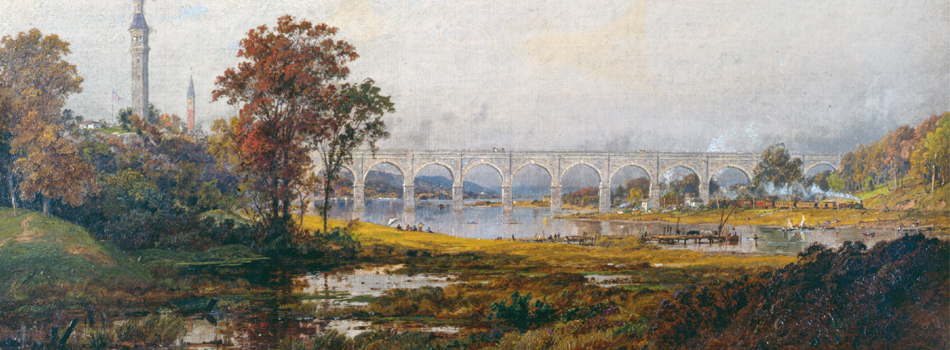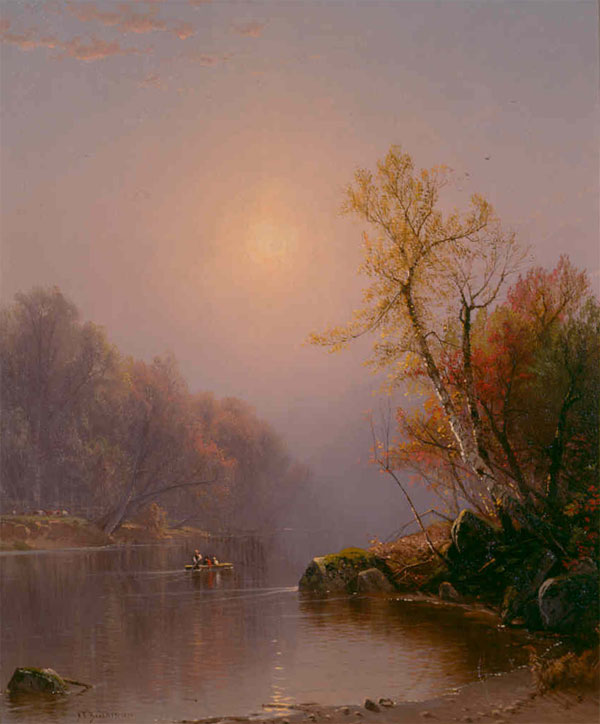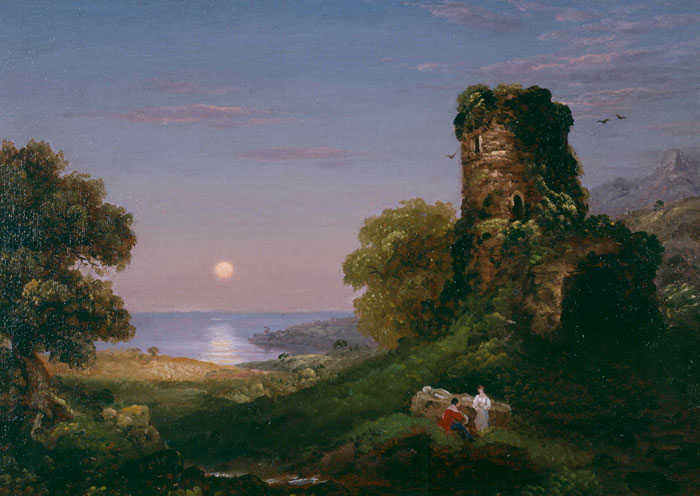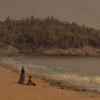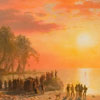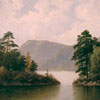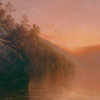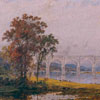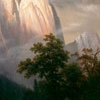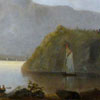Hudson River School
“The thoroughly American branch of painting… is the landscape. It surpasses all others in popular favor, and may be said to have reached the dignity of a distinct school.” James Jackson Jarves, 1864
Landscape paintings by artists associated with the Hudson River School are particularly significant because of the School’s deep associations with the American conservation movement. Before the 1820s, American artists painted portraits and documentary works depicting important historical events. Few painters attempted landscape painting.
Thomas Cole first popularized the landscape genre beginning around 1825. Views of natural wonders soon became sought after by collectors. Cole and the artists who followed his example became known as the Hudson River School. They celebrated and idealized nature above all man-made things and used allegory to express their concerns for its fragility and exploitation. Their landscapes sought to recreate the majesty and spirituality of the natural world and to inspire admiration for its beauty. Hudson River School artists’ work reflected a changing attitude toward nature and the emergence of a burgeoning American conservation ethic.
After Cole’s death in 1848, Asher Durand, an engraver and portrait painter, became the most prominent painter associated with the Hudson River School. In a series of essays entitled Letters on Landscape Painting, Durand set forth his idea that landscape painters should seek to depict nature exactly and not alter it in any way.
As artists celebrated nature on canvas, city dwellers who hung landscape paintings on their walls came to believe that the natural scenes depicted were worthy of preservation. At the same time, writers such as Nathaniel Hawthorne, Henry David Thoreau and Ralph Waldo Emerson revered nature through the written word.
More...
